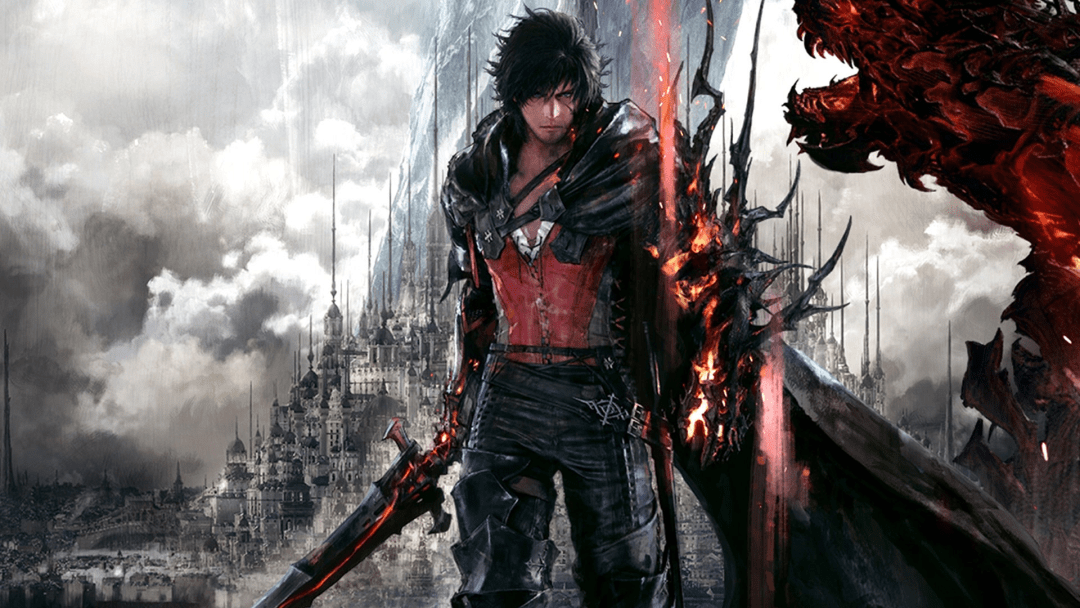In the realm of video games, there exists a subgenre that has captured the hearts of many players with its epic battles, intricate storylines, and strategic gameplay. This subgenre is known as hack-and-slash games, and one series that stands out in this category is “Dynasty Warriors.”
A Brief History of Dynasty Warriors
“Dynasty Warriors” is a long-running series of hack-and-slash action games developed by Omega Force and published by Koei Tecmo. The first game in the series was released in 1997, titled “Sangokumusou” in Japan. Initially based on the historical novel “Romance of the Three Kingdoms,” the series evolved to encompass various narratives and characters from Chinese history.
Gameplay Mechanics
At its core, “Dynasty Warriors” offers players a blend of fast-paced combat, strategic decision-making, and character progression. Players take on the role of legendary warriors from ancient China’s Three Kingdoms period and engage in large-scale battles against hordes of enemies.
The gameplay typically involves cutting through waves of foes using a combination of light and heavy attacks, special moves, and powerful Musou attacks. Players can also capture bases, defeat enemy officers, and influence the flow of battle by making tactical decisions.
Character Roster
One of the standout features of “Dynasty Warriors” games is its diverse roster of playable characters. From iconic figures like Lu Bu and Guan Yu to lesser-known warriors such as Zhang He and Xiahou Dun, each character brings unique weapons, fighting styles, and abilities to the battlefield.
Players can customize their chosen warrior with different weapons, equipment, and skills to suit their playstyle. Additionally, some entries in the series allow for cooperative multiplayer modes where friends can join forces to tackle missions together.
Evolution of the Series
Over the years, the “Dynasty Warriors” series has expanded beyond its core gameplay formula. Spin-off titles like “Warriors Orochi” combine characters from different Koei Tecmo franchises into one crossover experience. Other entries explore alternative historical settings or introduce new gameplay mechanics to freshen up the formula.
The series has also seen advancements in graphics technology, storytelling techniques, and online multiplayer modes to cater to modern gaming audiences while staying true to its roots as a beloved hack-and-slash franchise.
Legacy and Influence
“Dynasty Warriors” has left an indelible mark on the gaming industry by popularizing the hack-and-slash genre and inspiring numerous spin-offs and imitators. Its success has paved the way for other franchises like “Samurai Warriors,” “Hyrule Warriors,” and “Fire Emblem Warriors,” all offering their unique takes on large-scale battles against formidable foes.
As fans eagerly await each new installment in the series, it’s clear that “Dynasty Warriors” continues to captivate players with its blend of historical drama, intense combat scenarios, and larger-than-life characters battling for supremacy on virtual battlefields.
In Conclusion
In conclusion, “Dynasty Warriors” remains a cornerstone in the realm of hack-and-slash games due to its engaging gameplay mechanics, memorable characters, and enduring legacy within the gaming community. Whether you’re a fan of history or simply enjoy slicing through enemies with flashy moves, this iconic series offers something for everyone seeking an adrenaline-fueled gaming experience.



